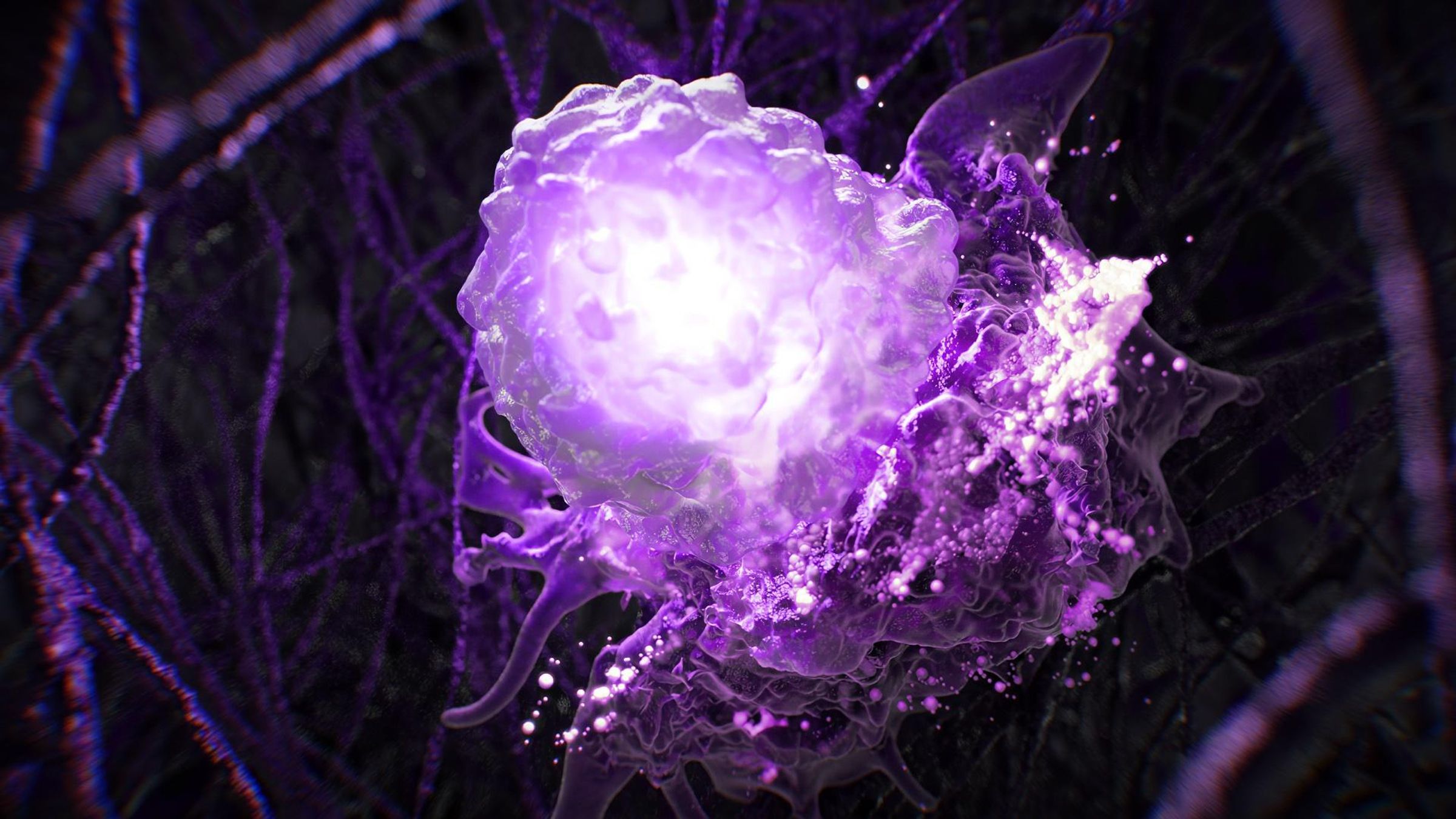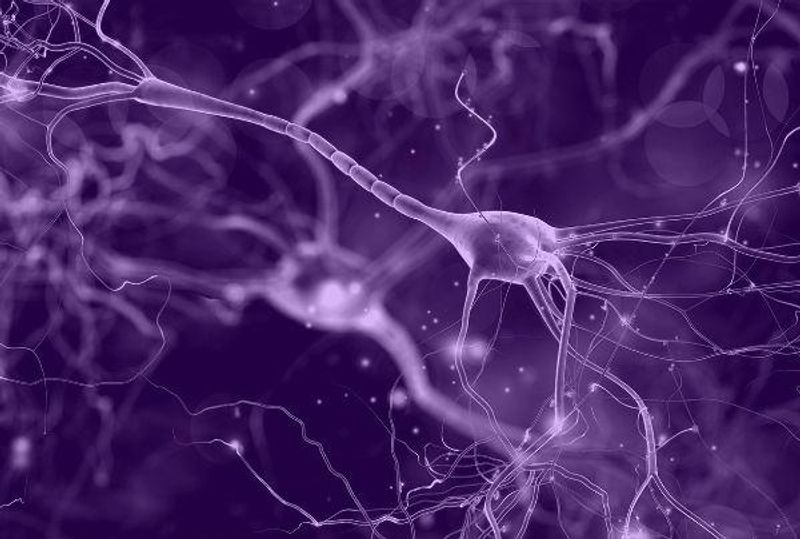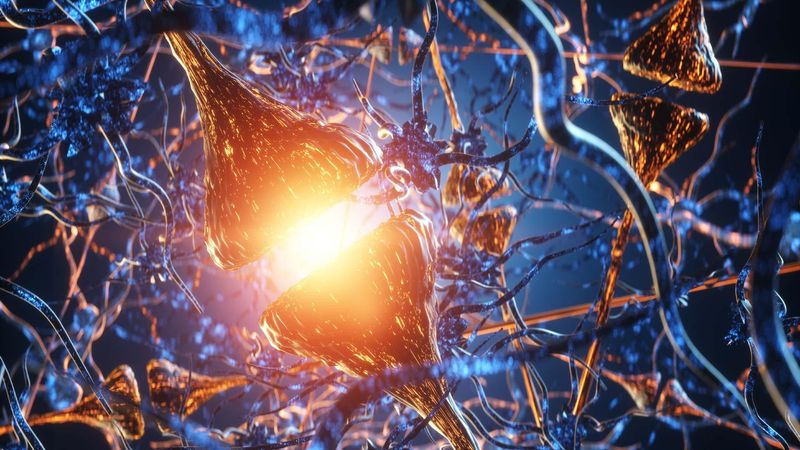Neuroimmunology Unlocks the Mysteries of the Brain

A ground-breaking convergence of medical fields is taking place where research has identified overlaps in diseases that were once considered distinct from one another. Learning more about how these disease mechanisms are related opens a new realm of scientific innovation that may deliver new treatment across many neurological diseases.
The brain is the epicenter of one’s identity. It forms the unique sense of “self” for all humankind. When neurologic diseases disrupt this sense of self, the impact can be life altering.
At the same time, the basic understanding of neurological diseases is constantly evolving. This presents challenges, but it also sparks discovery that can uncover further mysteries about the human brain and offer immeasurable promise for people living with these conditions.
We have embraced these challenges, testing the bounds of clinical possibility to bring therapies as unique as the minds we aim to heal. This means intentionally looking at how neurological diseases work, the strings that connect them – from what happens inside the body, to how it affects the mind. It’s how we address the full spectrum of neuroinflammatory and neurodegenerative diseases, blending our expertise in both immunoscience and neurology, and emerging as a neuroimmunology leader.
Innovation in Neurology Takes Nerve
We follow the science. This guiding directive is our North Star for innovation. But it’s not easy, especially in neurology.
To follow the science in neurology requires deep expertise across complex diseases. It requires the most advanced technology and imaging techniques to execute innovative clinical trials, designed to bring about new discovery across a range of neurological diseases that still have substantial unmet medical need. It will also require innovative partnerships – all working together to break new ground.
Exploring the intersection of neurology and immunoscience represents the kind of transformational innovation that will deliver new treatment options for the people so greatly impacted by these devastating diseases.

Erik Wallstroem, MD, PhD
Sanofi's Global Head of Neurology Development
But now, there is a convergence of fields taking place. In the past, researchers thought quite differently about neurological diseases involving the central nervous system and immunological conditions targeting the immune system. The understanding was that these diseases were distinct from one another.
By following the science, research now shows that there are overlaps within these complex diseases – common threads connecting the nervous system and the immune system. Now there’s substantial evidence of inflammatory processes occurring in classical neurodegenerative conditions, and in parallel, there are neurodegenerative aspects taking place in classical inflammatory conditions.
Learning more about how these mechanisms interact to produce the different diseases and clinical presentations could lead to endless new possibilities.
Unlocking the Science of Neuroimmunology
Over the last 20 years, science has made tremendous progress in neurological diseases such as multiple sclerosis (MS), where relapses are now well managed with current therapies. Despite the availability of therapies, disease-associated disability continues to progress.2
What does that tell us? It tells us that something other than relapses is driving the destructive nature of this disease. New science has led to a discovery of a smoldering inflammatory process at work deep within the brain thought to drive disability. This process occurs not only in advanced disease, but also quite early on, and there are no therapies available proven to treat it. With this new understanding of how the brain’s immune cells are involved in neuroinflammation, we can explore ways to halt this damage.
We believe neuroimmunology holds the key for introducing something new to fight disability progression – the greatest unmet need in MS.
Beyond multiple sclerosis, we are studying new treatment approaches for other neuroimmunological diseases that involve the nervous system such as chronic inflammatory demyelinating polyneuropathy, or CIDP. For people living with this disease, their body’s own immune cells mistakenly attack the protective covering of the nerve fibers branching out from the brain and spinal cord. Right now, neurologists treating CIDP have only one treatment option available, and unmet needs remain.
Tackling Complex Neurological Conditions
Our expanding neurology pipeline is laser-focused on these areas of high unmet need. We believe neuroimmunology marks only the beginning of transformational development.
By continuing to follow the science, we hope that we can shift forward the evolution seen in MS to provide solutions for other neurological diseases such as Parkinson’s, Alzheimer’s, and CIDP. By learning more and more, we will be able to provide better therapies, until one day, those diseases become effectively managed as well.
At Sanofi, we promise to dig deeper into neuroimmunology to protect people through science so they can live for the moment, not for the disease.
Explore More

Neurology Research & Development

Neuroscience Partnerships

A Smoldering Process: A New Way of Thinking about Multiple Sclerosis
References
- Nutma E, Willison H, Martino G, Amor S. Neuroimmunology - the past, present and future. Clin Exp Immunol. 2019;197(3):278-293. doi:10.1111/cei.13279
- Giovannoni G, Popescu V, Wuerfel J, et al. Smouldering multiple sclerosis: the ‘real MS’. Ther Adv Neurol Disord. 2022;15:17562864211066751. doi:10.1177/17562864211066751.
- Häusser-Kinzel, Silke, and Martin S. Weber. “The role of B cells and antibodies in multiple sclerosis, neuromyelitis optica, and related disorders.” Frontiers in Immunology, vol. 10, 2019, https://doi.org/10.3389/fimmu.2019.00201.
- “Beyond Relapses and Acute Lesions: Smoldering MS Website.” Smoldering Neuroinflammation | Multiple Sclerosis Education Site, www.smolderingms.com/global-en/beyond-ms-relapses. Accessed 19 March 2024.
- Mathey EK, Park SB, Hughes RA, et al. Chronic inflammatory demyelinating polyradiculoneuropathy: from pathology to phenotype. J Neurol Neurosurg Psychiatry. 2015;86(9):973-985. doi:10.1136/jnnp-2014-309697
- Gorson KC. An update on the management of chronic inflammatory demyelinating polyneuropathy. Ther Adv Neurol Disord. 2012;5(6):359-373. doi:10.1177/1756285612457215